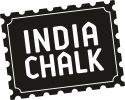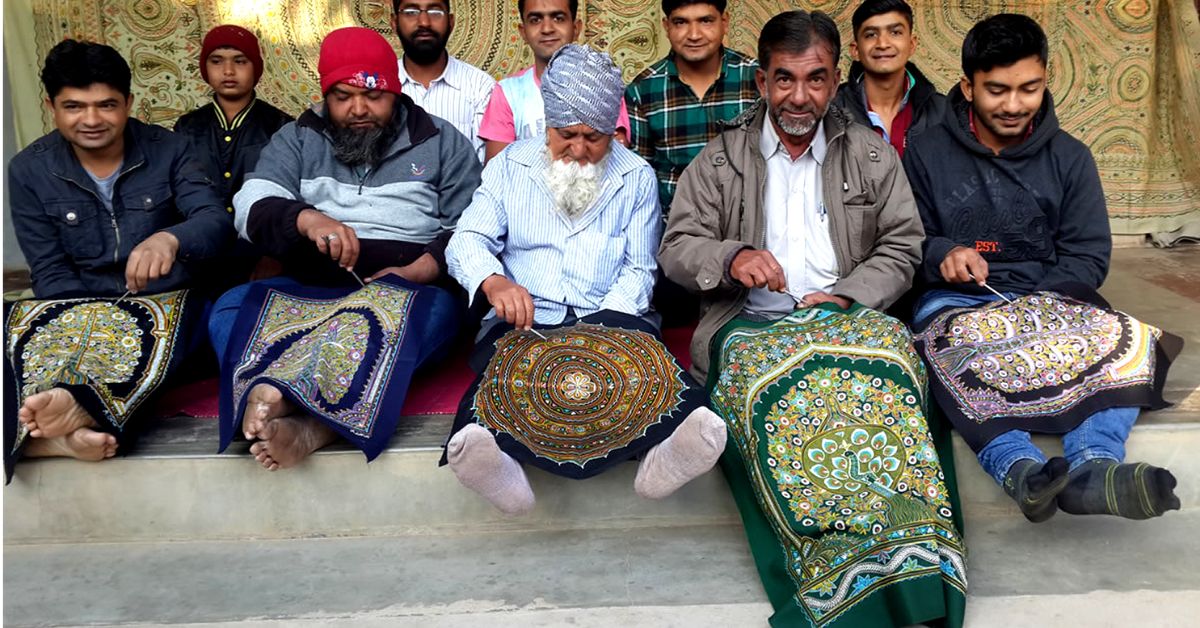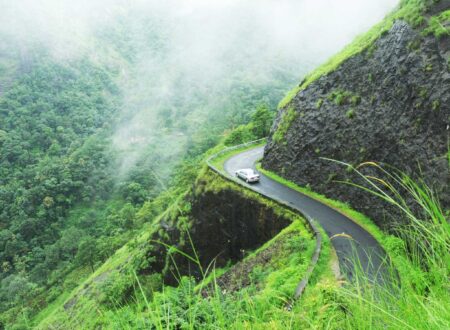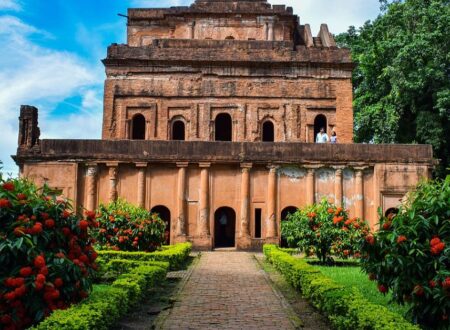Meet the Khatri’s of Gujarat- The last family in Nirona Kutch who keep the art of Rogan Alive.
As a traveler, whenever we visit the Handlooms and check the handicrafts of a new city or state that we come across, we often tend to believe that the artisans are just looting us because we are tourists or travelers who probably don’t know the right rate or price for the art they provide. This piece of art is so expensive- said every traveler ever. Of course, there are a few collectors who would love to buy expensive art pieces but we do judge the artwork on how it is priced and we don’t stop there. We try and bargain to get the best price and justify our definition of value for money – Roghan.
But so many art forms that appear to be very basic require a lot of hard work. The sarees we wear and buy for our loved ones take a weaver about 6 months to put together. Roghan Art is one such tedious artwork too. When the Artisans of Art mention even a 4-digit figure for a piece made using the Rogan travelers tend to find it overpriced. But why is Rogan, a technique so intricate not doing so well today? Let’s find out.
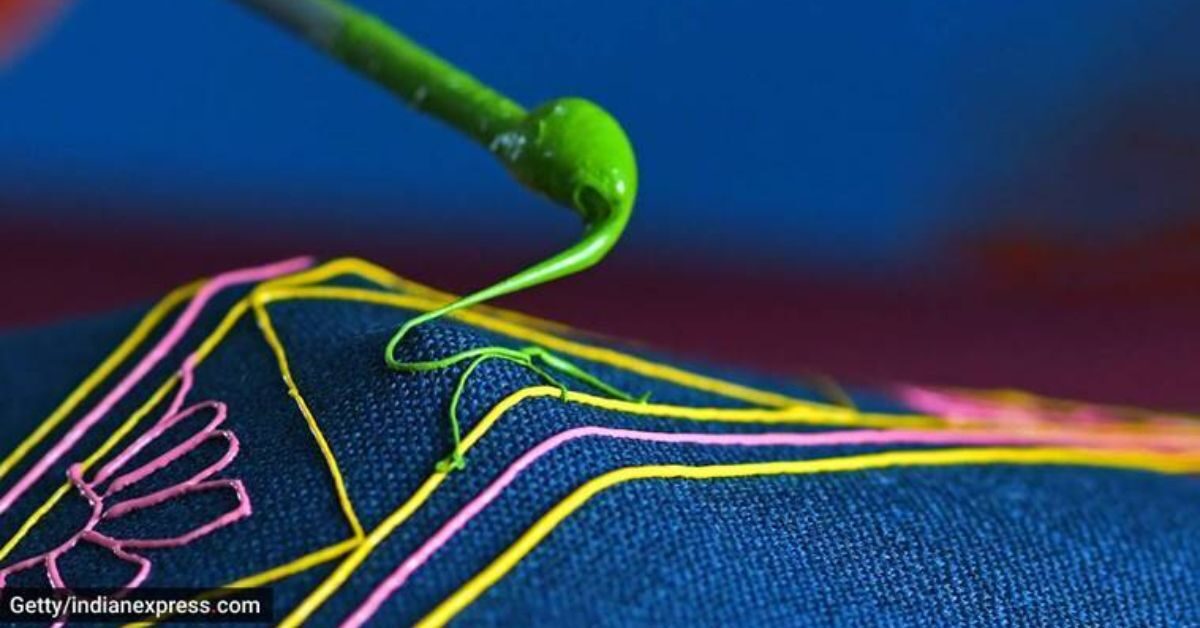
What is Rogan Art and where does it come from? Decoding the History of Rogan Art Paintings
Rogan comes from the Persian Language which means Oil or Varnish. You may have heard the term several times in either authentic Parsi or Mughlai cuisine dishes like Roghan Josh or even just at the mention of oils like Roghan Badam Oil etc. Rogan Art is a form of cloth-based painting which is made using vegetable dyes and colors mixed with boiled natural oils.
Women in Gujarat would buy Rogan Painted Fabric to decorate and cover their upholstery. Later in the 20th century, many easy to work with fabrics and quick to produce textiles replaced the fad of Rogan Art as the oil-based art seemed comparatively expensive.
The Rise and Fall of Rogan Art: Why is it just practiced by 1 family in Nirona, Gujarat today?
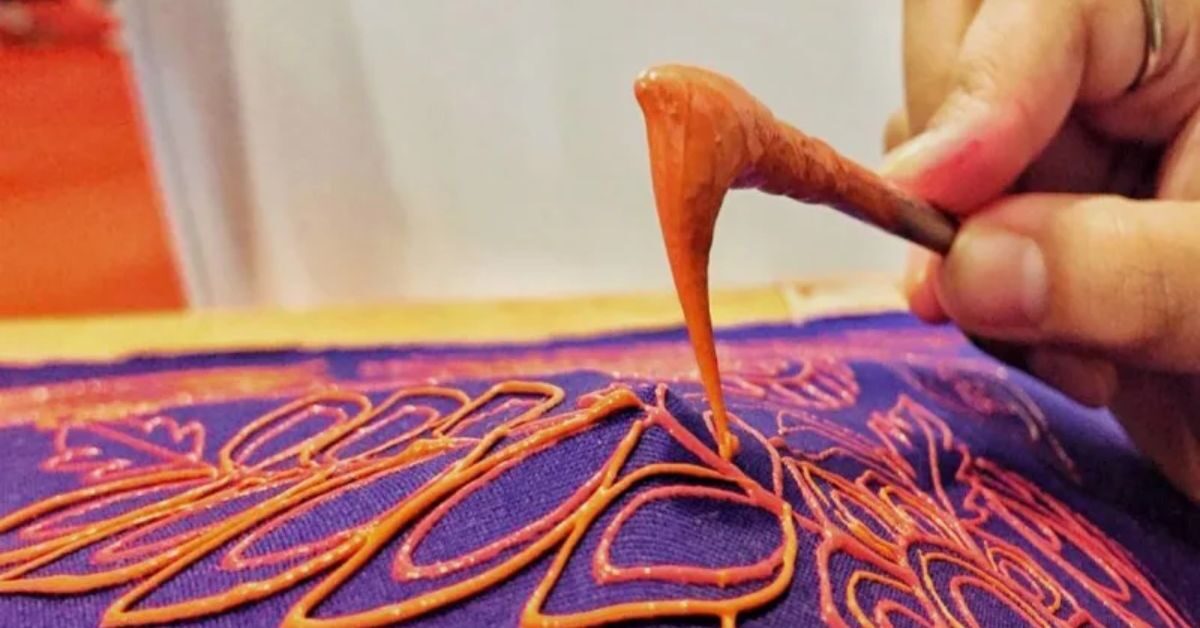
The Khatri family has been in association with Rogan Art Paintings ever since it originated in Gujarat. After the devastating earthquake in the year 2001, Kutch- Gujarat saw a rise in the development of infrastructure and Tourism. With Tourism being promoted in full swing to get the economy back into a stable state, many charitable trusts, non-profit groups, and local authorities came forward to boost the sales of Rogan art by helping the Khatri family reach out to urban areas with their art. The Khatri Family also won multiple National and International awards and recognitions for keeping such an intricate art form alive and practicing it for years.
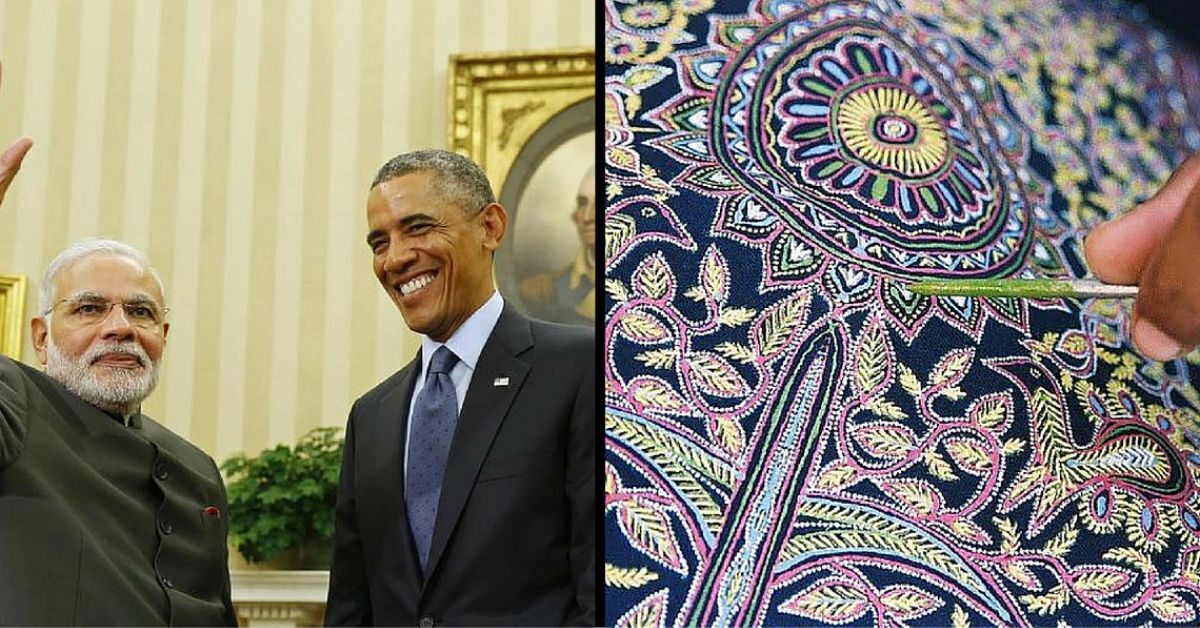
The Khatri family recognized the need to evolve their art to stay relevant to the changing trends with time. And came up with newer products such as bags, wall hangings, cushions, pillow covers, table cloths, etc.
The Khatri family rose to fame with as many as 400 tourists attending their workshops every day and causing a traffic jam in nirona. Eventually, the Khatri family taught the women of the village the art of Roghan painting. By the end of 2015, Twenty women of nirona joined hands with the Khatri family to teach Rogan artifacts. However, The pandemic has been brutal to artisans and small businesses and thus a huge blow to their business.
The situation worsened to an extent that today, only 6 members of Abdul Gafur Khatri’s Family keep the tradition of Roghan Painting.
The Process of Roghan Paintings and Art Making
The Rogan or Oil used in the art is always Castor oil. Castor oil is boiled for two days and vegetable colors or pigments are added along with binding agents. The paint formed has a beautiful shine to it and is vibrant colors. The oil in the paint acts as a natural preservative. This oil-based paint is then used to paint on Dark colored clothes using a stylus or a block print technique. The Tree of Life is the most popular design of the Khatris. You can find vibrantly colored Rogan paintings that showcase floral motifs, animals, and local folk art.
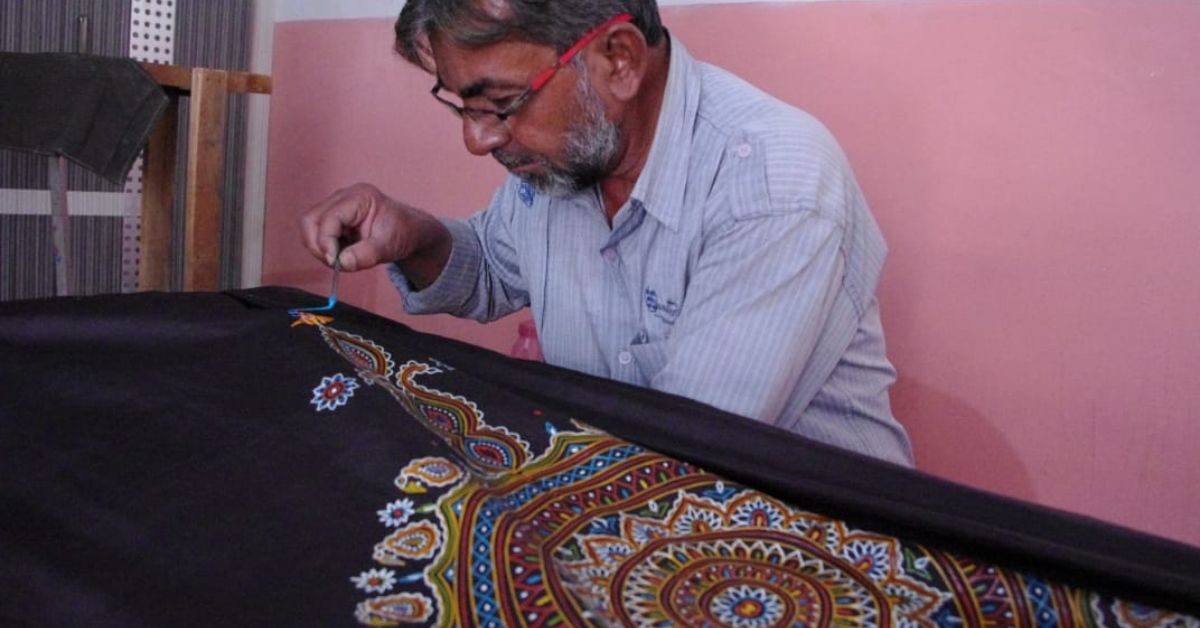
Roghan Paintings are a time-consuming affair and take a lot of intricate effort. It may appear as a simple cloth painting but the organic oil-based paints made out of castor oil are expensive to make. Also, the process is a lot more tedious than it appears. Artisans like the Khatri family pay a huge cost to keep this art form alive. We as travelers must keep traditional art forms like the Roghan Paintings alive by buying them as treasured souvenirs.
